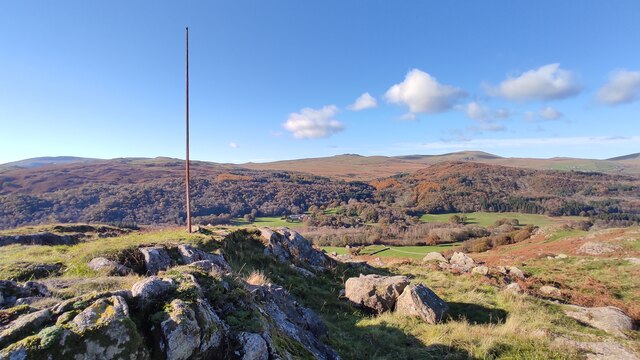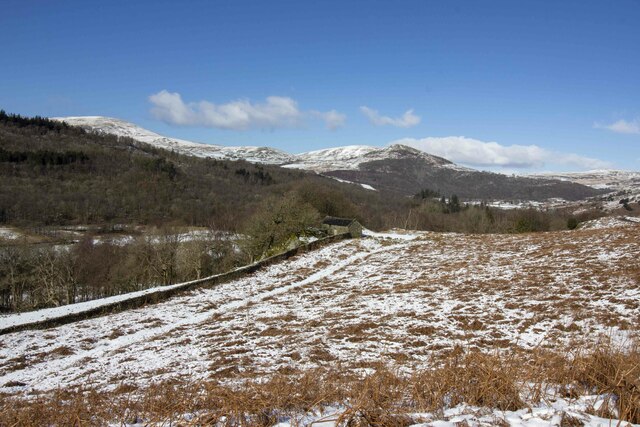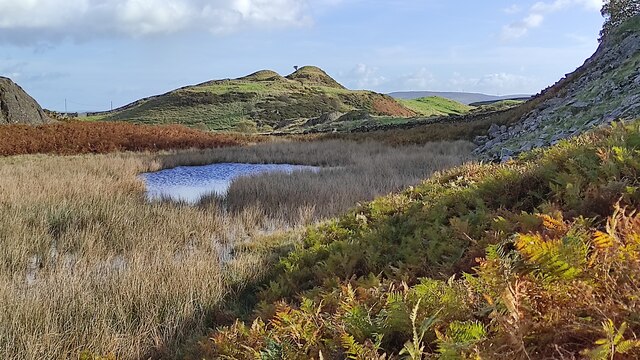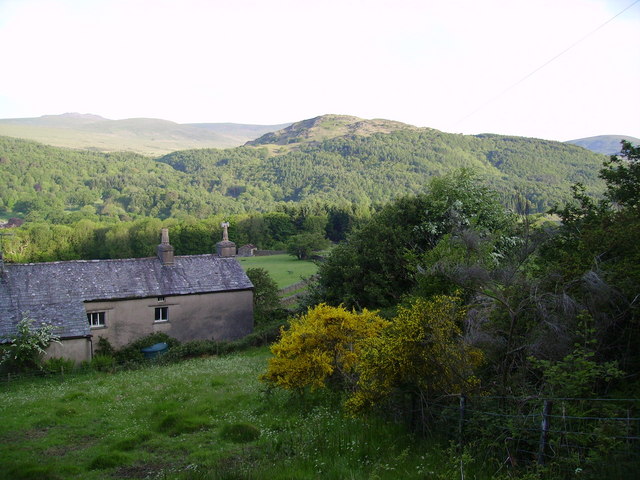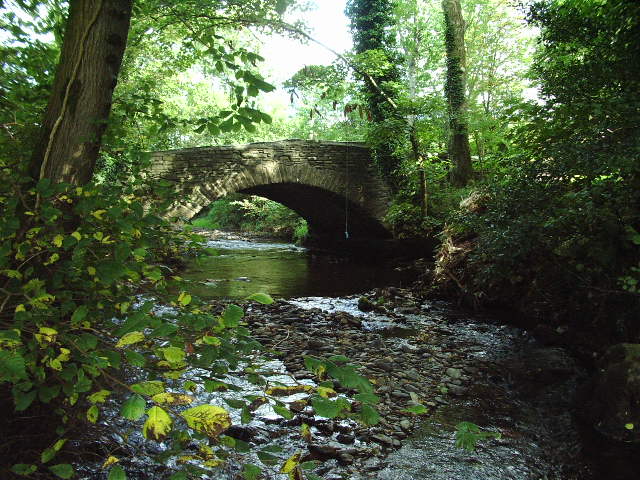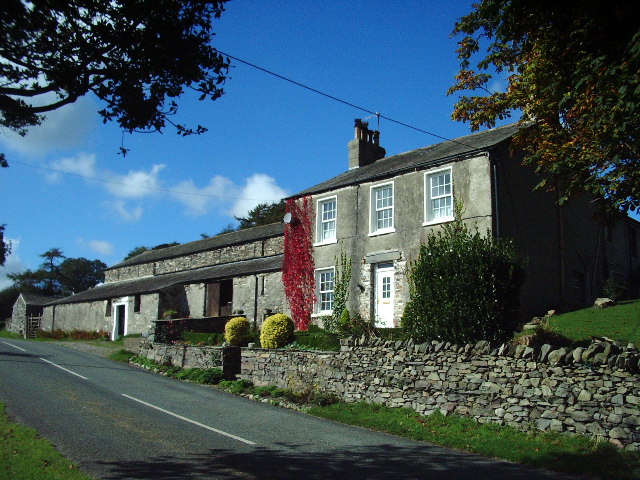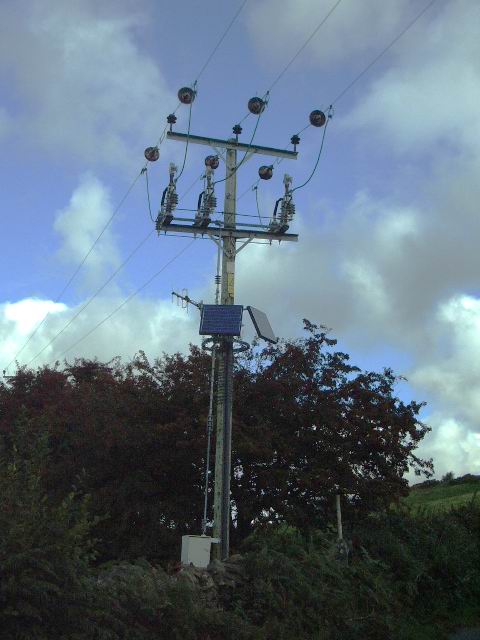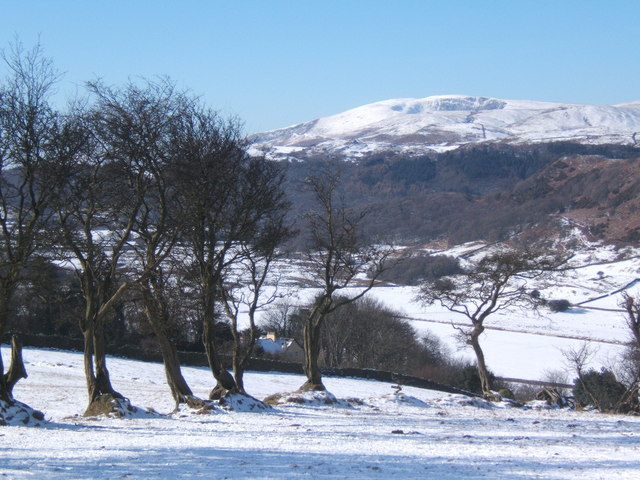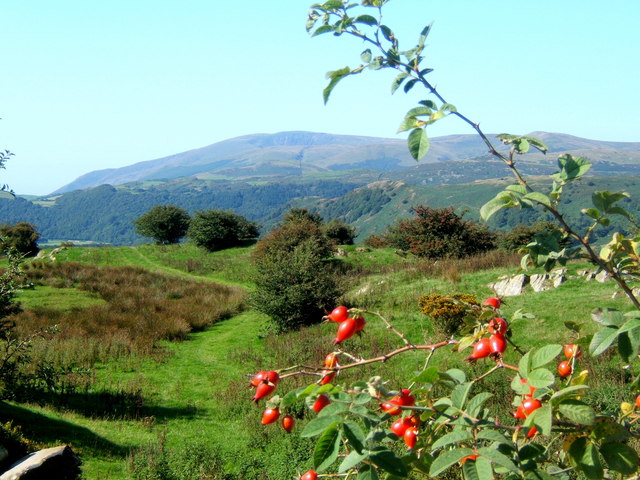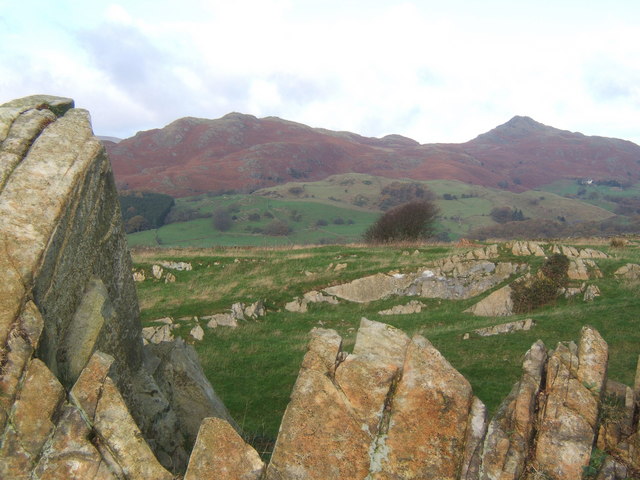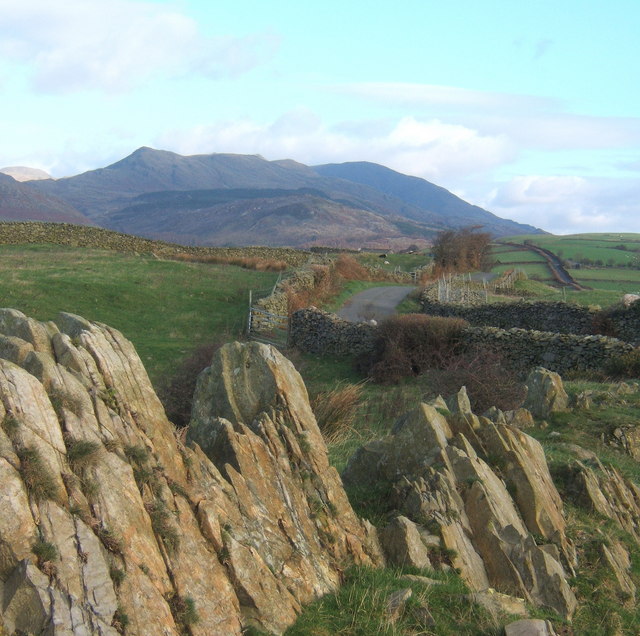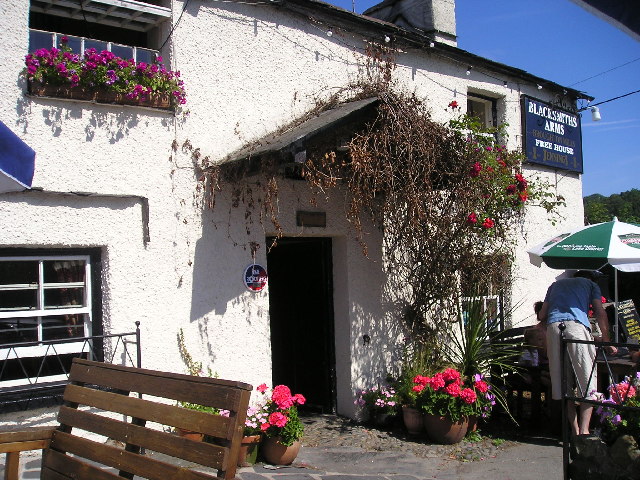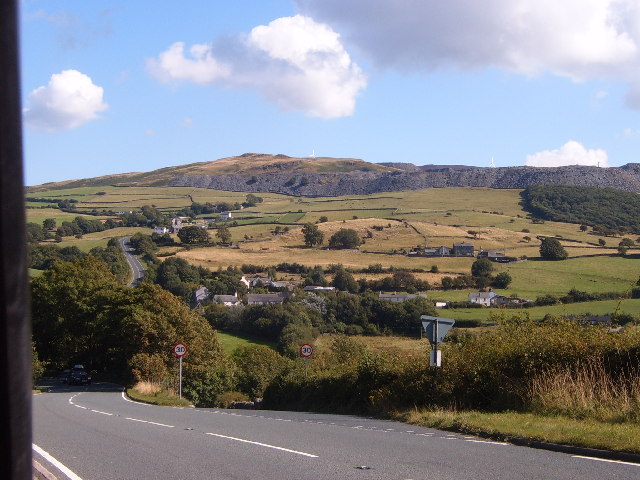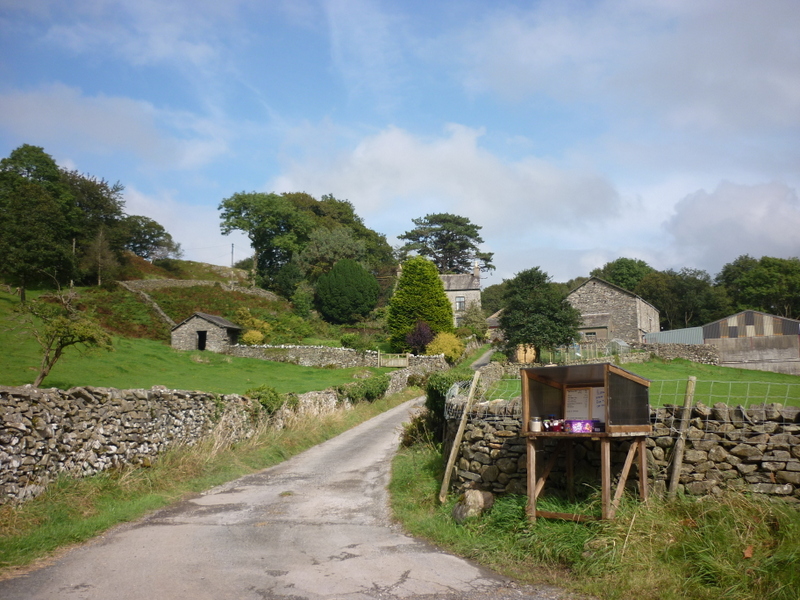Dobscar Wood
Wood, Forest in Lancashire South Lakeland
England
Dobscar Wood
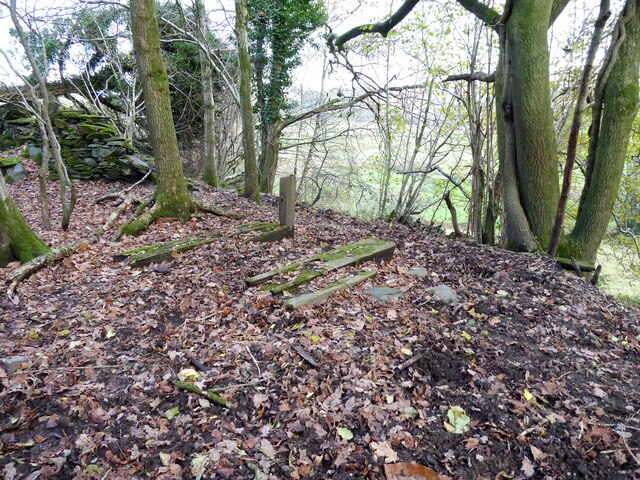
Dobscar Wood is a picturesque woodland located in Lancashire, England. Spread across a vast area, the wood is known for its rich biodiversity and stunning natural beauty. Situated near the village of Wood, Dobscar Wood is a popular destination for nature enthusiasts and hikers.
The wood is primarily composed of native broadleaf trees such as oak, ash, and birch, creating a diverse and vibrant ecosystem. These trees provide a habitat for a wide range of wildlife, including birds, insects, and mammals. It is not uncommon to spot species like woodpeckers, squirrels, and foxes while exploring the wood.
Dobscar Wood offers a variety of walking trails and paths, allowing visitors to immerse themselves in the tranquility of the forest. The paths meander through the trees, providing opportunities to witness the changing seasons and the beauty of nature throughout the year.
The wood is also home to a small stream that flows through its heart, adding to the charm and serenity of the surroundings. The babbling brook, surrounded by lush greenery, offers a peaceful spot for visitors to relax and enjoy the sounds of nature.
In addition to its natural beauty, Dobscar Wood holds historical significance. The wood has been used for centuries for timber production and is a remnant of Lancashire's rich industrial past.
Overall, Dobscar Wood in Lancashire is a hidden gem that showcases the beauty and diversity of the region's woodlands. It offers a peaceful escape from the hustle and bustle of everyday life, inviting visitors to reconnect with nature and enjoy the wonders of this enchanting forest.
If you have any feedback on the listing, please let us know in the comments section below.
Dobscar Wood Images
Images are sourced within 2km of 54.303972/-3.2082219 or Grid Reference SD2190. Thanks to Geograph Open Source API. All images are credited.

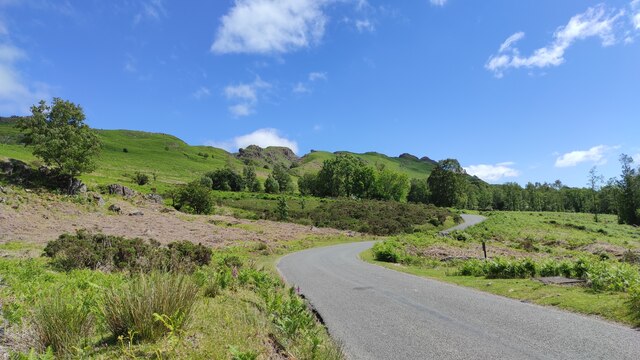
Dobscar Wood is located at Grid Ref: SD2190 (Lat: 54.303972, Lng: -3.2082219)
Administrative County: Cumbria
District: South Lakeland
Police Authority: Cumbria
What 3 Words
///canal.warnings.swimsuits. Near Millom, Cumbria
Nearby Locations
Related Wikis
Blacksmiths Arms, Broughton Mills
The Blacksmiths Arms is a Grade II listed public house at Broughton Mills, Cumbria, England.It is on the Campaign for Real Ale's National Inventory of...
Broughton Mills
Broughton Mills is a village in Cumbria, England, located 3.5 kilometres from the larger town of Broughton-in-furness. The village consists of about 40...
Great Stickle
Great Stickle is a fell located in the southern Lake District of England with an altitude of 305 m (1,001 ft). Alfred Wainwright included it in the Stickle...
Broughton West
Broughton West is a civil parish in the Westmorland and Furness district of Cumbria, England. In the 2001 census the parish had a population of 954, decreasing...
Dunnerdale Fells
Dunnerdale Fells is an upland area in the English Lake District, between Ulpha and Broughton Mills, Cumbria. It is the subject of a chapter of Wainwright...
Duddon Valley
The Duddon Valley is a valley in the southern Lake District National Park in Cumbria, England. The River Duddon flows through the valley, rising in the...
Bank End
Bank End is a village in Cumbria, England. == External links == Media related to Bank End, South Lakeland at Wikimedia Commons
Rosthwaite, Broughton West
Rosthwaite is a settlement in the Broughton West civil parish of Westmorland and Furness, Cumbria England. It is part of the Lake District, 3 miles (4...
Nearby Amenities
Located within 500m of 54.303972,-3.2082219Have you been to Dobscar Wood?
Leave your review of Dobscar Wood below (or comments, questions and feedback).
